A Comparative Analysis of Business Environments: Nestle, NHS, Oxfam
VerifiedAdded on 2023/03/20
|13
|482
|99
Essay
AI Summary
This essay provides an overview of the business environment, focusing on the roles and characteristics of private, public, and voluntary organizations. It examines the legal structures, advantages, and disadvantages of private companies like Nestle, contrasting them with public sector entities (like the NHS) and voluntary organizations (like Oxfam). The analysis includes a discussion of organizational size and scope, as well as a stakeholder analysis, emphasizing the importance of considering the perspectives of employees, customers, investors, and government entities. The essay references academic sources to support its explanations of business strategy, corporate social responsibility, and the legal and regulatory environment.
1 out of 13

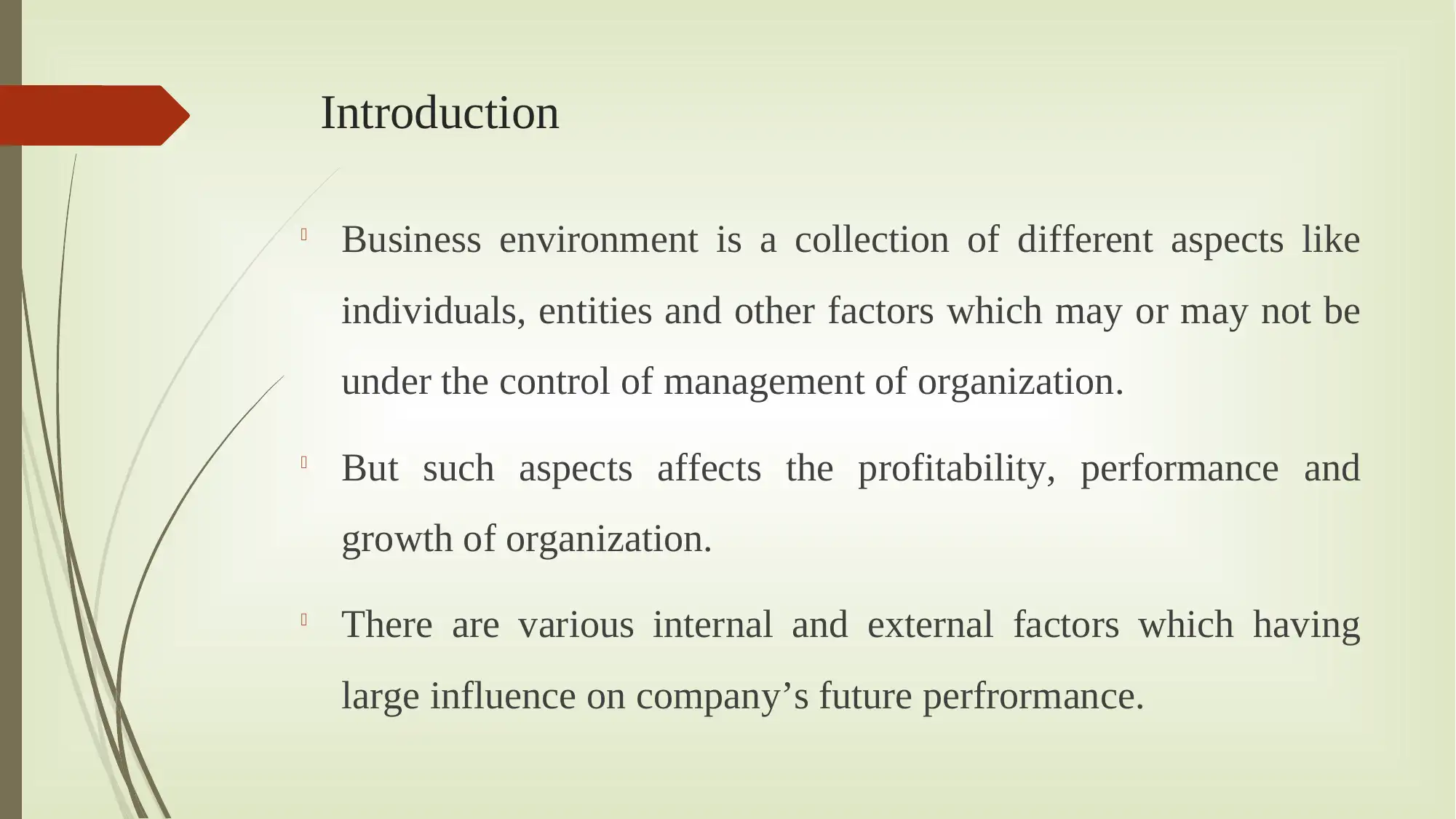
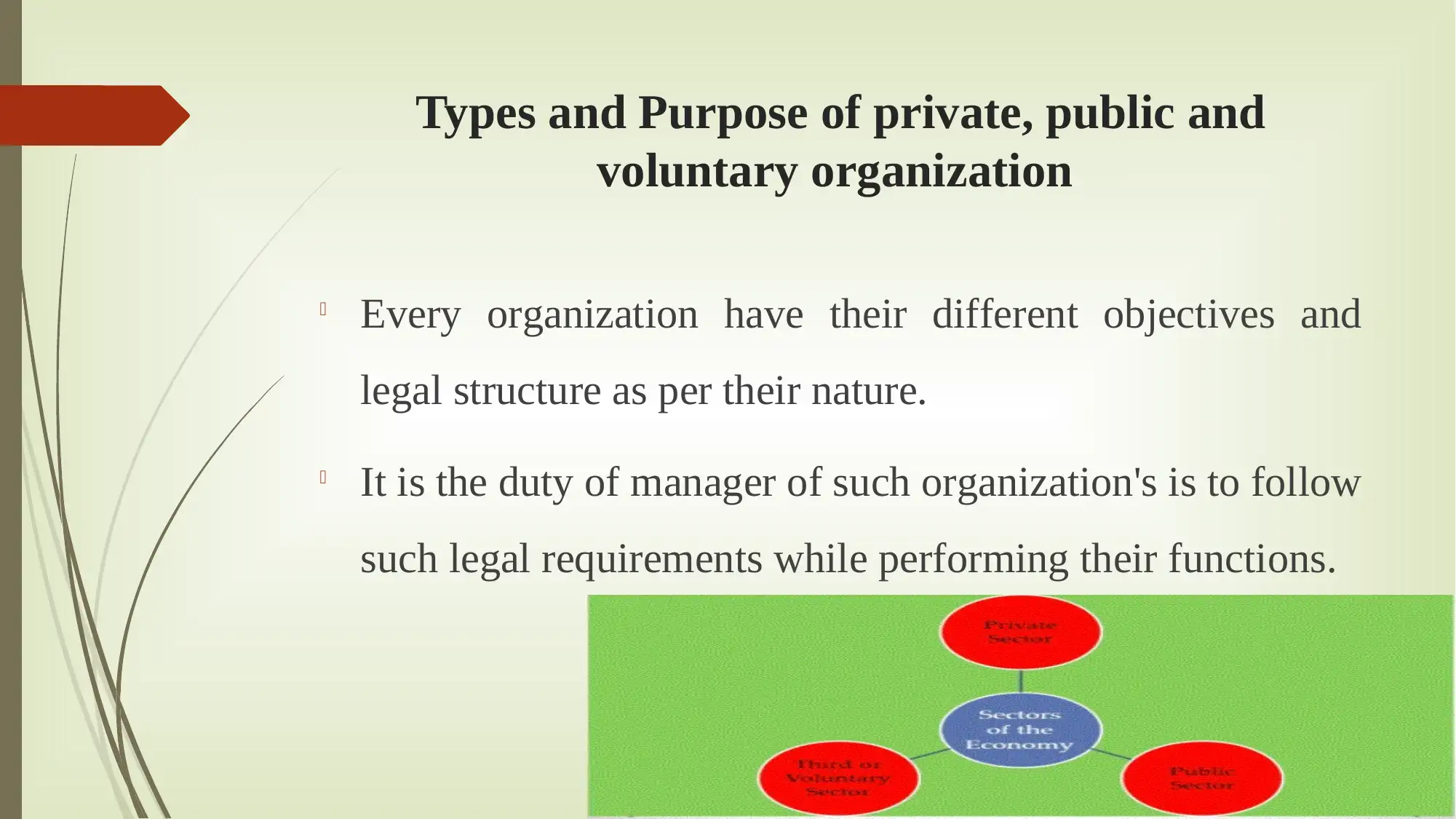

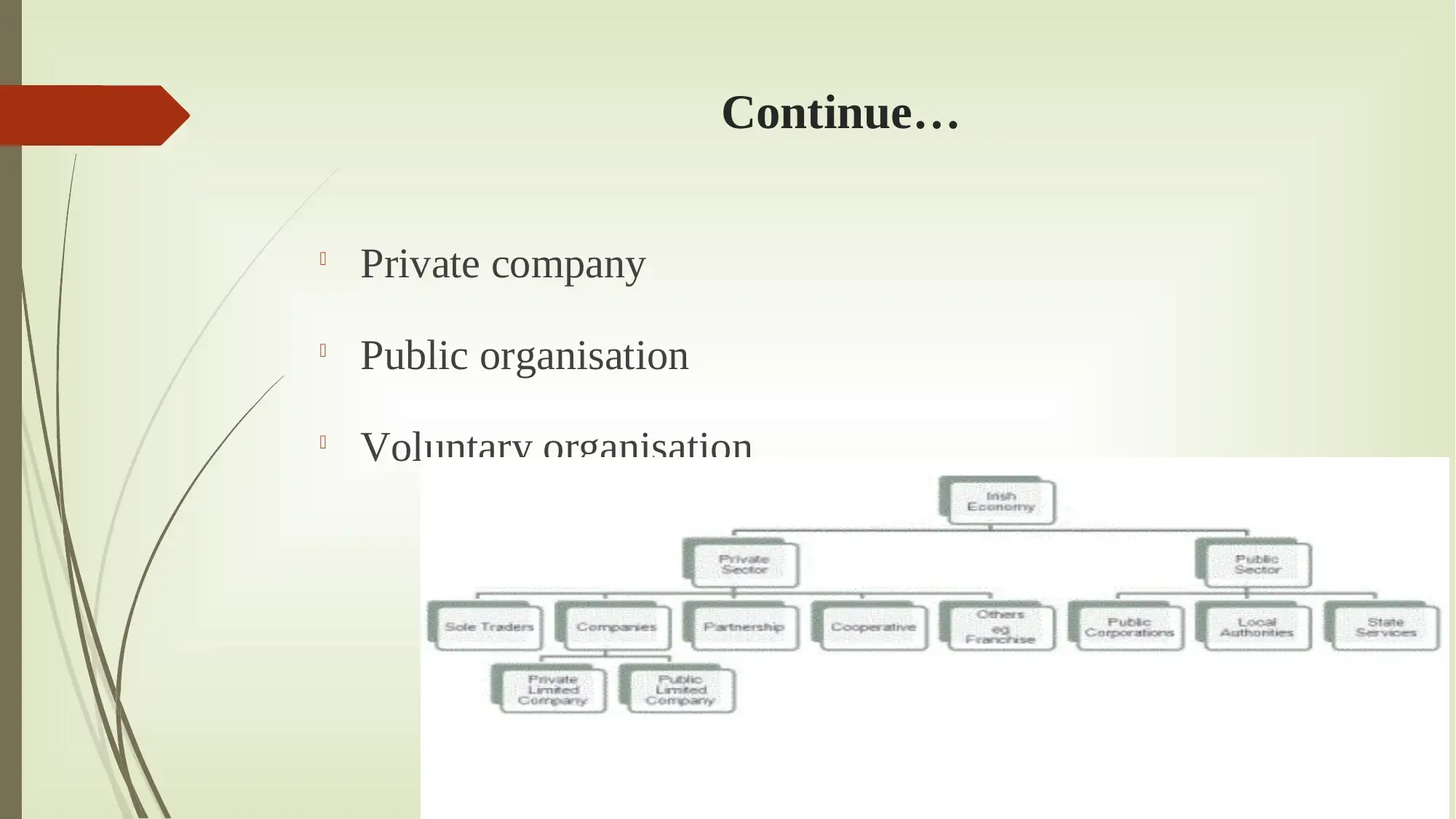
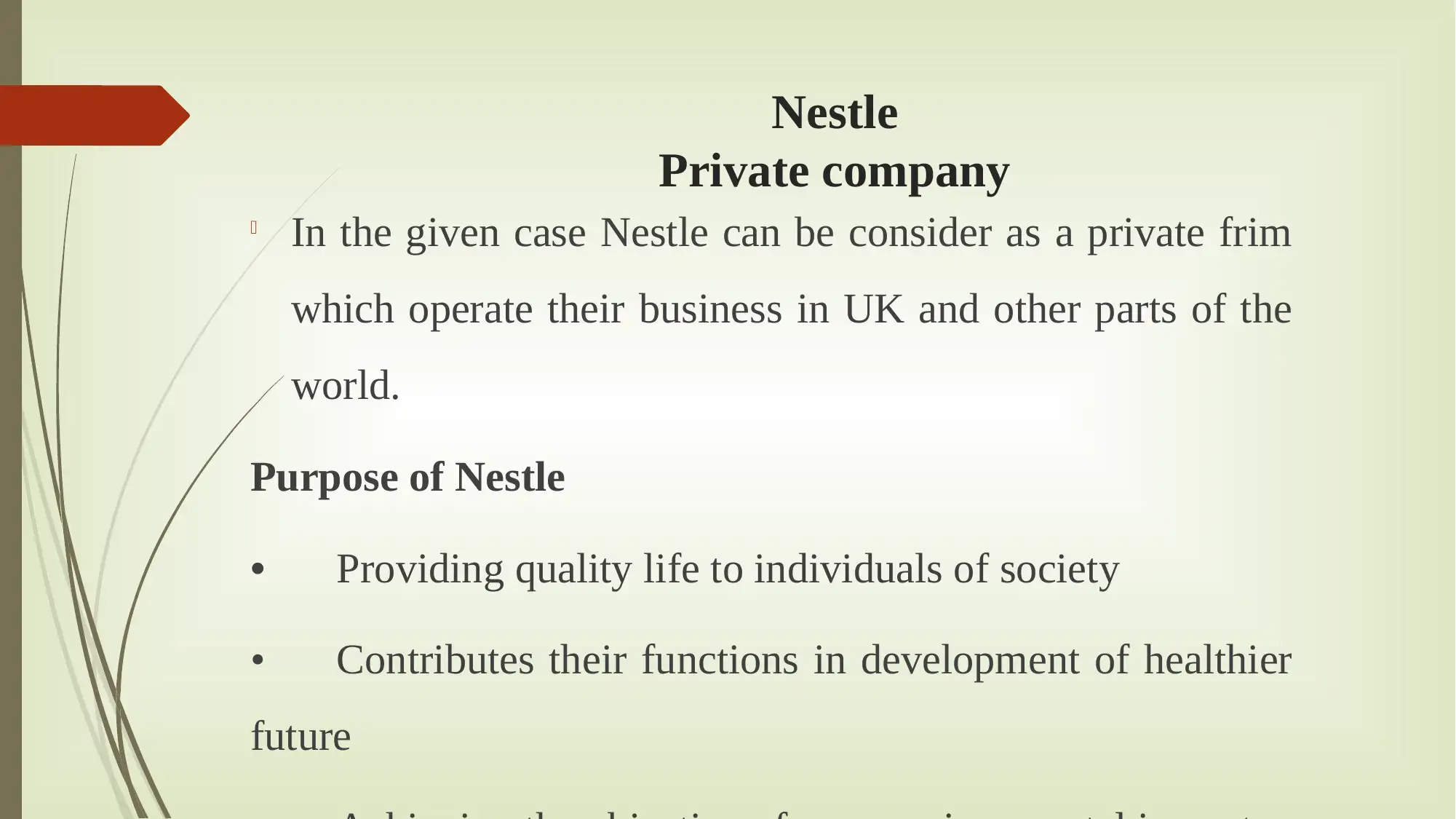
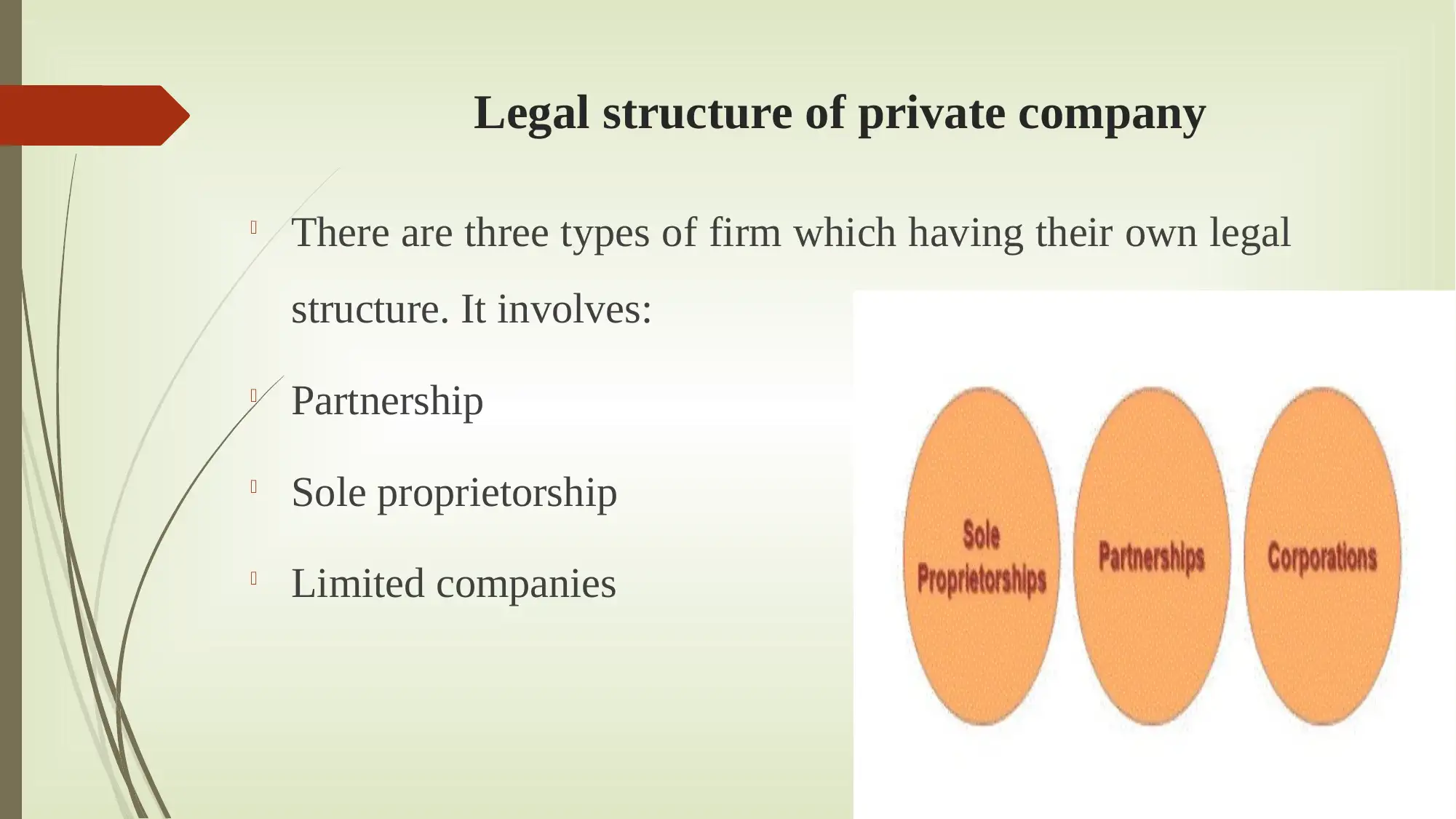
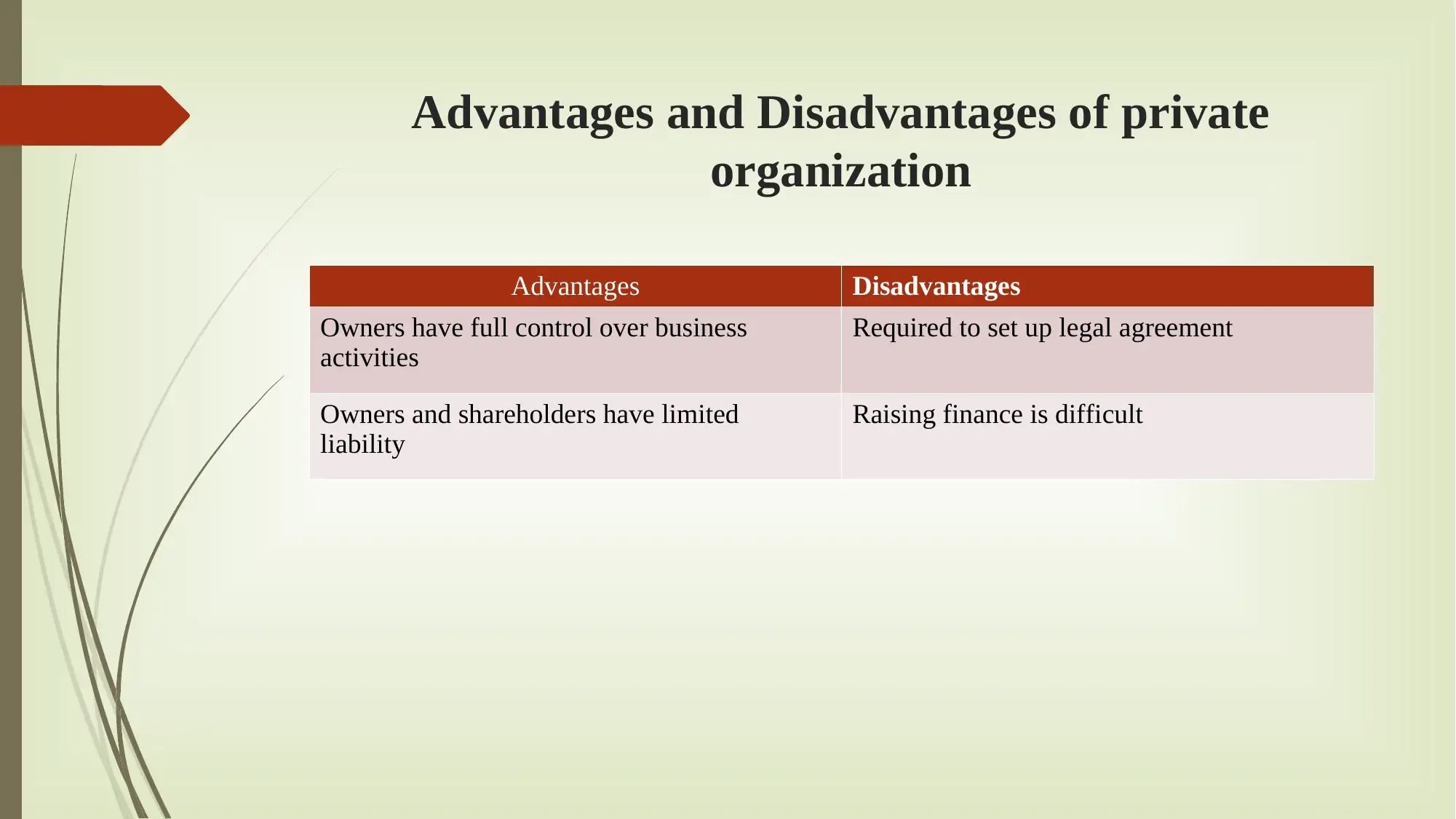
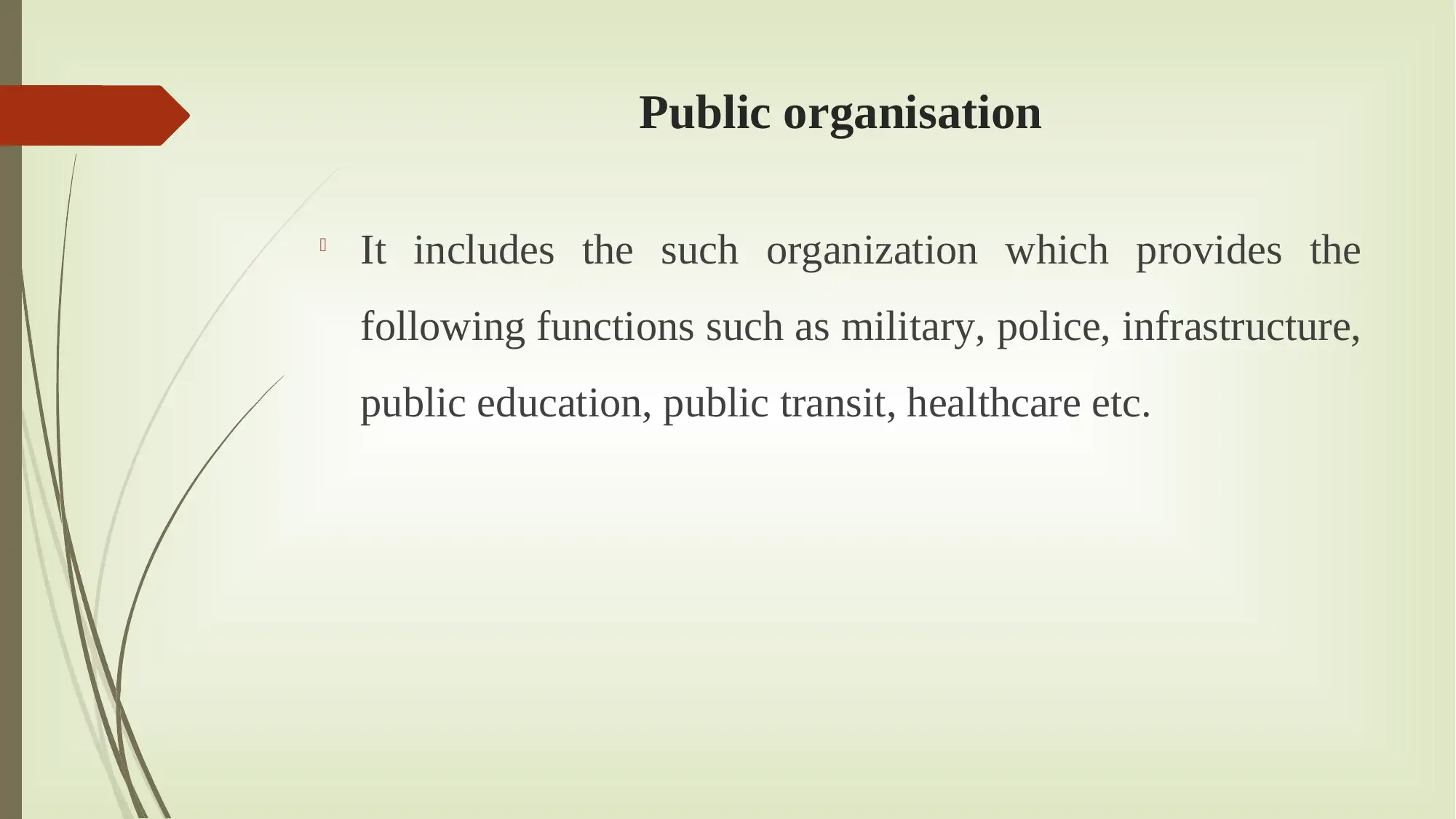
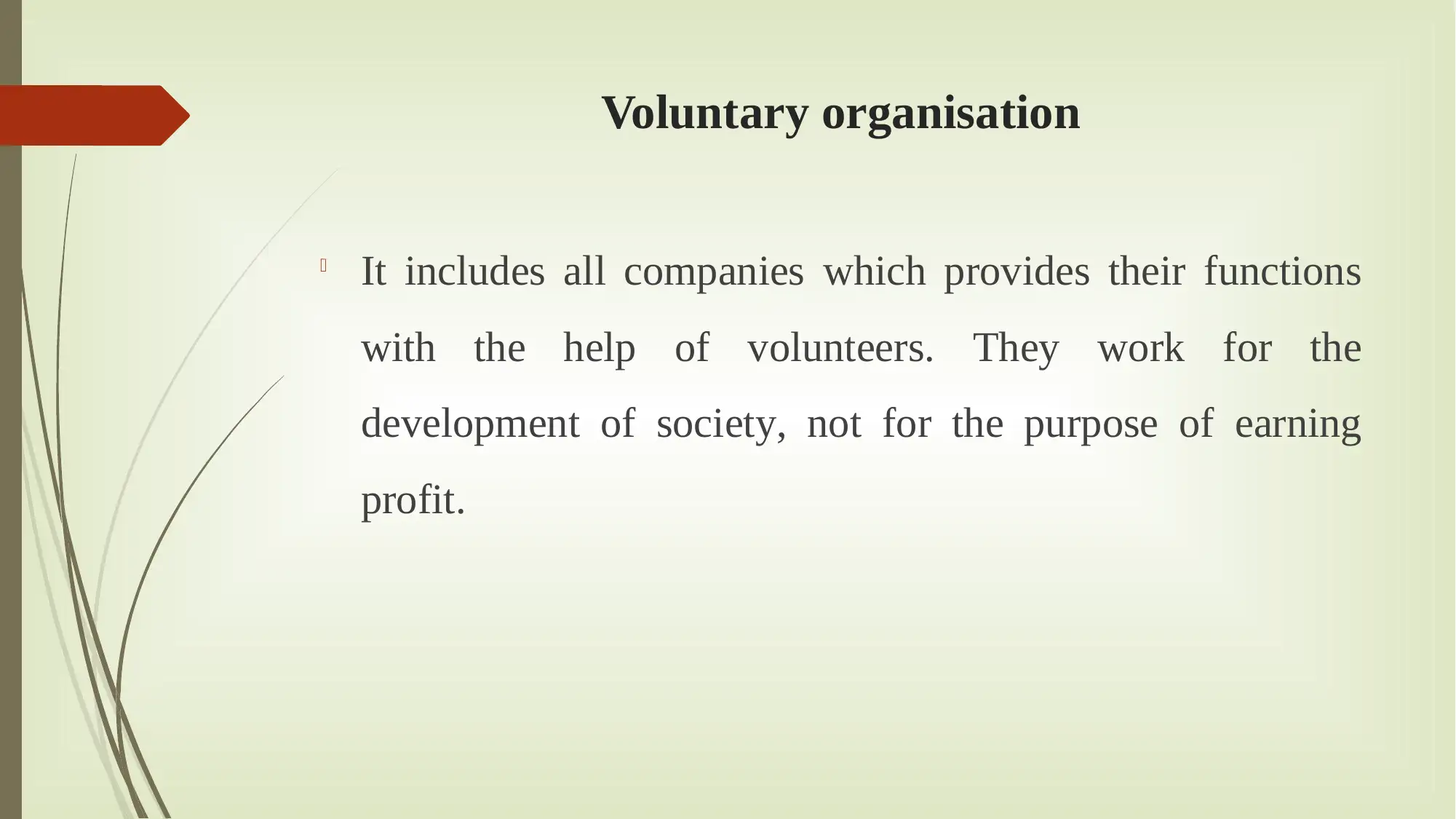
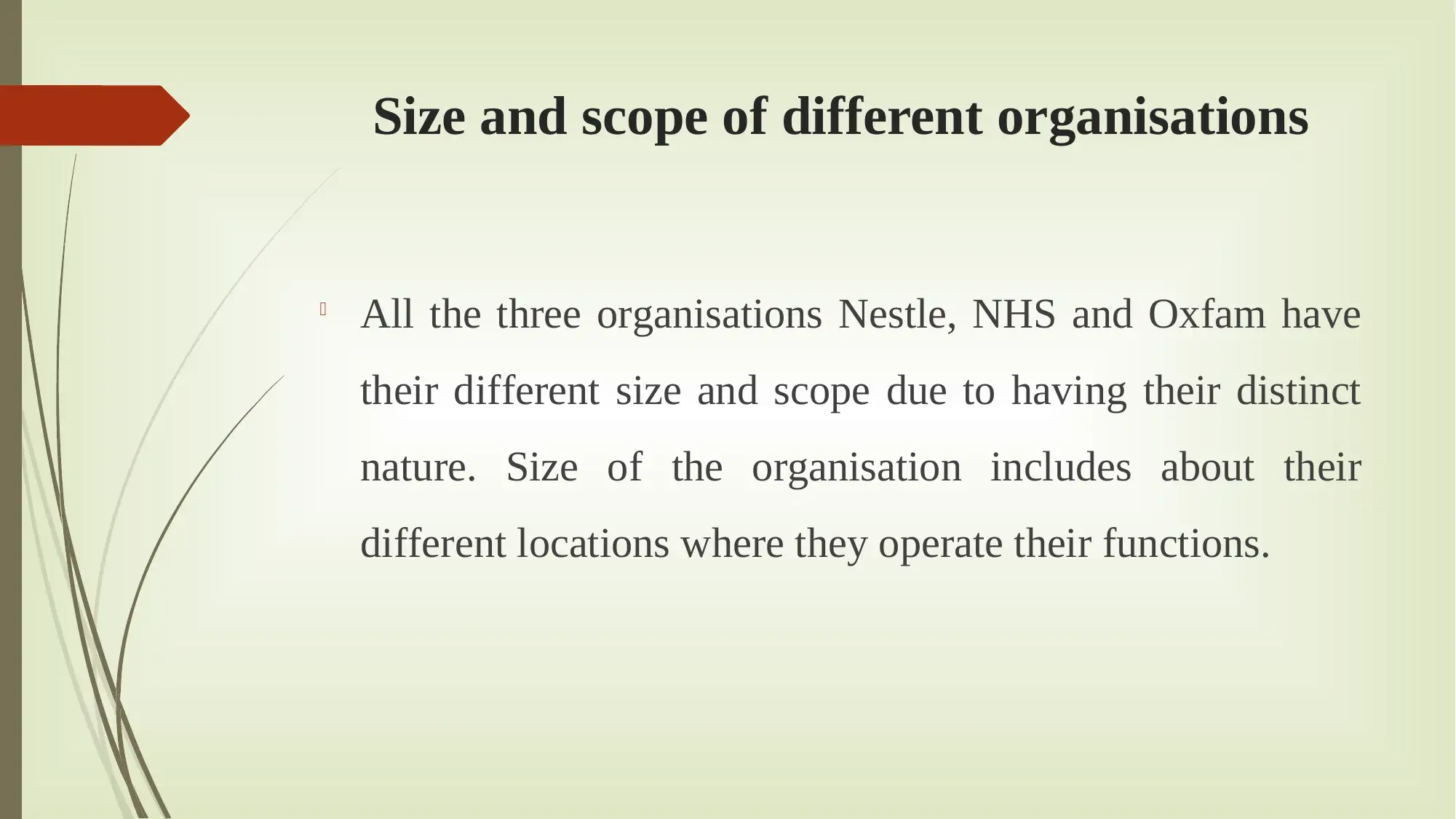

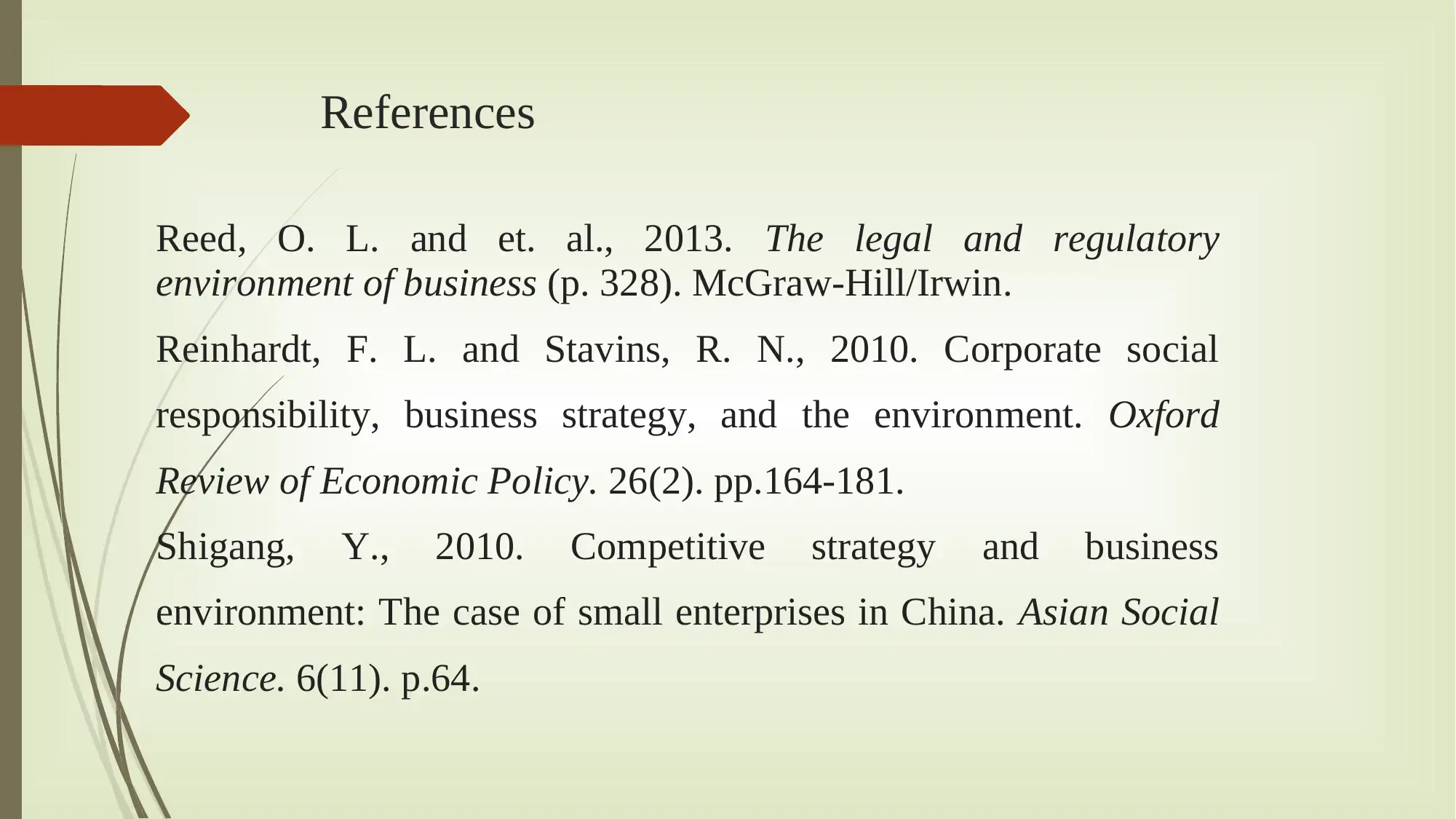






![[object Object]](/_next/static/media/star-bottom.7253800d.svg)